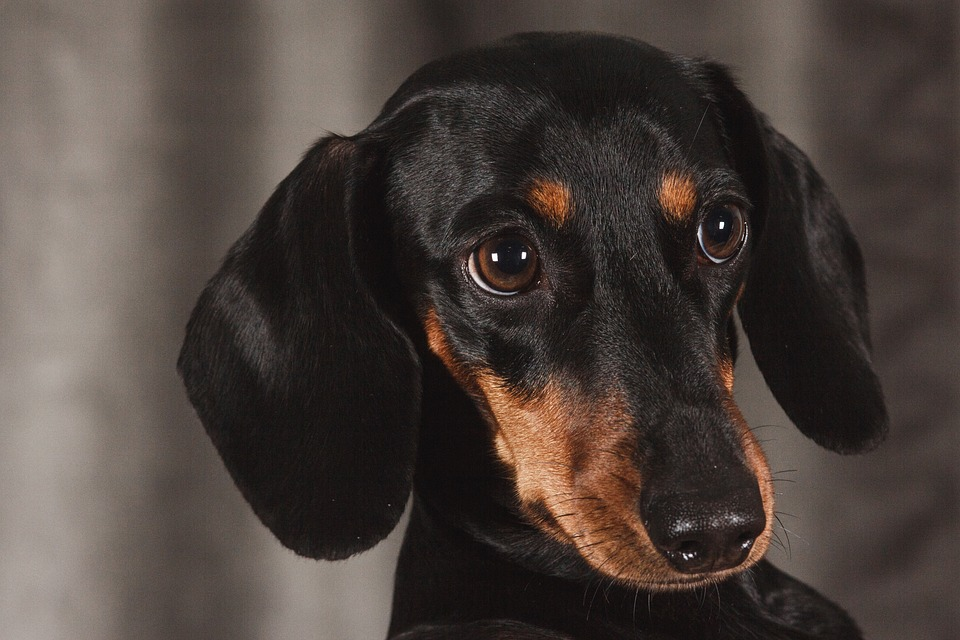As a proud owner of a miniature dachshund, you may be wondering when your furry friend will reach puberty. Puberty is an important milestone in a dog’s life, and it is essential for their overall health and development. In this article, we will explore the topic of when a miniature dachshund reaches puberty, what to expect during this time, and how to take care of your furry friend during this crucial stage.
Key Takeaways:
- Miniature dachshunds typically reach puberty between six to eight months of age.
- Physical changes may include an increase in muscle mass, broadening of the chest, and an increase in body size.
- Behavioral changes may include increased independence and challenging authority. Proper care and attention during this stage are crucial for ensuring a healthy and well-behaved adult dog.
What is Puberty in Dogs?
Puberty is the stage in a dog’s life when they reach sexual maturity. This is a critical stage in their development, and it is characterized by a range of physical and behavioral changes. During puberty, dogs start to produce hormones that stimulate the development of their reproductive organs. This stage is essential for their overall health and development, and it is important to provide them with the right care and attention during this time.
When Does Puberty Start in Miniature Dachshunds?
Miniature dachshunds typically reach puberty between six to eight months of age. However, this can vary from dog to dog, and some miniature dachshunds may reach puberty earlier or later than others. It is essential to keep an eye on your furry friend’s physical and behavioral changes to determine when they have reached puberty.
Physical and Behavioral Changes During Puberty
During puberty, miniature dachshunds will experience a range of physical and behavioral changes. Physically, your furry friend may start to develop secondary sexual characteristics, such as an increase in muscle mass, broadening of the chest, and an increase in body size. They may also start to show more interest in other dogs and become more assertive in their interactions.
Behaviorally, your miniature dachshund may become more independent and may start to challenge your authority. They may also become more vocal and exhibit more territorial behavior. It is essential to provide them with proper training and socialization during this time to ensure that they develop into well-behaved adult dogs.
Related: Why Is My Miniature Dachshund Coughing?
How to Take Care of Your Miniature Dachshund During Puberty
During puberty, it is essential to provide your miniature dachshund with the right care and attention to ensure that they develop into healthy adult dogs. This includes providing them with a nutritious diet, regular exercise, and proper training and socialization. You should also ensure that they receive regular veterinary care and vaccinations to protect them from common health issues and diseases.
When Will Puberty End?
Puberty in miniature dachshunds typically lasts between six to twelve months. However, this can vary from dog to dog, and some miniature dachshunds may experience puberty for a shorter or longer period. It is essential to monitor your furry friend’s physical and behavioral changes to determine when they have reached adulthood.
Conclusion
Puberty is an essential stage in a dog’s life, and it is crucial to provide your miniature dachshund with the right care and attention during this time. By understanding the physical and behavioral changes that your furry friend may experience, you can ensure that they develop into healthy and well-behaved adult dogs.
It is important to remember that each dog is unique, and their development may vary from others. As such, it is essential to keep an eye on your furry friend’s physical and behavioral changes and consult with a veterinarian if you have any concerns.
In conclusion, understanding when your miniature dachshund reaches puberty and what to expect during this time is crucial for providing them with the right care and attention. By following the tips and guidelines outlined in this article, you can ensure that your furry friend develops into a healthy and happy adult dog.

